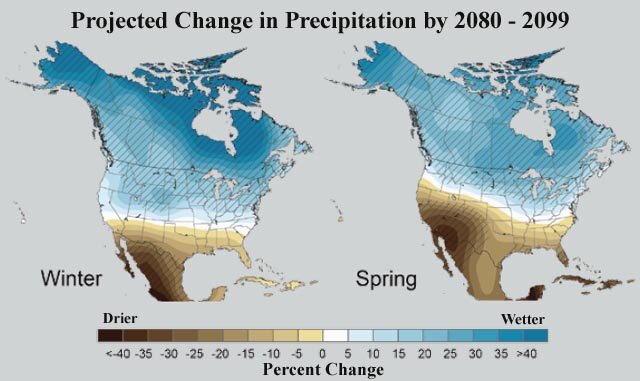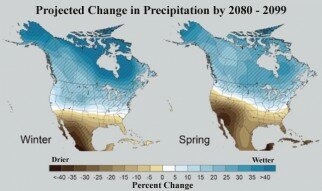On Monday, Seattle tied Phoenix for the hottest temperature in a major U.S. city. (Bremerton reached a sweltering 88.) As if worn out by the attempt, today the Jet City highs are expected to fall at least ten degrees short of that mark, with a cooling marine layer pressed to Seattle’s overheated forehead. KOMO’s Scott Sistek explains how we managed to bring the Phoenix-style heat:
Seattle reached 87 due to a strong east wind aloft that warms further when it carries down the western slopes of the Cascade Mountains. It’s a thermal trough pattern that brings upper 80s and low 90s on a few occasions in the summer, but in May? Seattle hasn’t had back-to-back days over 84 in May in five years and it’s never been 87 degrees this early in May (it was May 11th as our earliest 87 before.)
The University of Washington’s Probcast is still serving up what are, for mossy-backed natives, predictions of searing heat in the upper 70s throughout the week. There’s only a ten-percent chance of it being less than 75 the next few days — but if that ten percent rolls the other way, temperatures could exceed 80. UW meteorologist Cliff Mass can’t spot any rain on the horizon until Sunday, and if rain delays that long, Seattle will set a new record for “dry days since the start of May.”
Sports-park sidebar: the Mariners, who have had good luck locating the ball recently, have a 3-game home stand against the Oakland A’s Friday through Sunday. The Sounders have a 1 p.m. match against the Earthquakes on Saturday.
Mass has also got new data for you on how much hotter it feels on pavement when the sun is set to broil. To check for icy winter conditions, Washington’s Department of Transportation has installed temperature gauges on a multitude of roads, and they don’t turn off just because it’s sunny out. One blacktop near Southcenter hit 110 degrees yesterday.
While our rivers of asphalt are baking, warns Mass, our snow-fed rivers are freezing and running high. Late-spring snow melts quickly, giving Northwest rivers icy teeth that, each year, drag earlybird swimmers and rafters under. “May is most dangerous month for drowning in Washington,” chimes in KING 5, who found the Snoqualmie River running at a nippy 33 degrees. An involuntary gasp at the shock of falling into cold water can lead to aspiration, while hypothermia can limit the ability to climb back out of the water.

